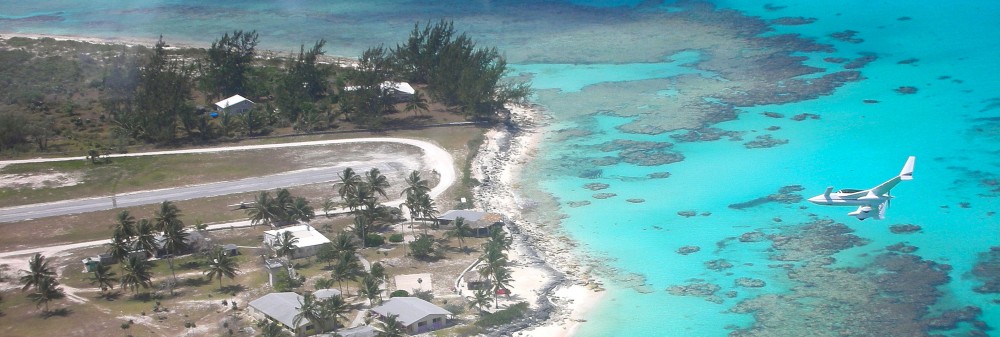Besides pulling the peel ply off the cured middle “1/3” transition segment layups and then measuring and drilling a Cleco hole at the #3 CAMLOC position, today was all about planning and prepping for the final outboard layups… where the top cowling specifically interfaces with the wing trailing edge (TE).
I also trimmed the overhanging 3-ply CF flange layup at the aft opening as well. I’m really liking how the flanges and the aft opening edges are looking.
Here’s the same shot on the right side. You can see I did the same thing here, with peel ply pulled, Cleco installed at CAMLOC #3 position, and aft opening CF trimmed.
As a rather significant (IMO) point of note, I’ll state that I prefer the style of top and bottom cowl interface where the two cowlings meet at the TE and are simply attached together, pretty much in line with how the plans show to do it.
However, that’s not how Mike Melvill designed these cowlings, and for me the difficulty in doing the plans method is the aft/inboard vertical element transition to the forward/outboard horizontal element (where the cowl meets the wing TE).
I know this pic below of Mike Melvill’s cowling isn’t super clear, but you can see the CAMLOCs along the top-to-bottom cowling interface. Notice how the top cowling’s aft vertical “wall” wraps around the aft bottom corner with the CAMLOCs underneath. Then notice the swoop (or smile) as there is a bottom lip on the top cowling, with the ENTIRE cowl TE belonging to the top cowl. Again, ‘normally’ the TE is the point where the aft edges of the top and bottom cowlings meet.
Finally, note the junction where the wing TE meets the cowling TE. Again, with the TE belonging completely to the top cowling, there is about an inch on the bottom side (still top cowl) that nestles in at the seam of top cowl, bottom cowl, wing root, and wing TE.
That seam is what I spent a good bit of time figuring out on my cowling configuration. I will note that since I had to lower my bottom cowlings, I continued the bottom swoop/smile further outboard —and thus forward— than it looks like Mike Melvill did. It’s hard to tell simply looking at this picture.
To allow for this wrap-around TE style and to facilitate EZ removal and installation of the top cowling, I needed to trim both the top and bottom wing cowling mounting flanges aft edges. Here’s what that looks like on the left side where I marked up the flanges for trimming.
And after I trimmed the wing flanges on the left side.
As a testimony that this wrap-around TE configuration was NOT what I had planned on doing from the beginning, I had to move my very aft CAMLOC forward around 3/4″… which I installed during this time. I know the CAMLOC receptacle isn’t in good focus, but if you look just aft of the mounted receptacle you can see the original Cleco hole which obviously would have been the center of the original install point.
And yes, all my CAMLOCs are pretty much equally spaced all around the cowling edges, except for this aft corner on each side. My bottom aft wing CAMLOC is skooched forward, and the spacing between this CAMLOC and the first one on the top-to-bottom cowling flange will be a little tighter than the others as well. If the plane flies, then at this point I honestly am beyond caring (that much!).
I then repeated the process on the right side. Here you can see the hole for the receptacle, and also the original Cleco hole and even a slightly offset Sharpie circle where I was going to do a slight offset at some point.
I then trimmed the right wing top and bottom flanges and installed the bottom aft CAMLOC receptacle (that leaves 8 total CAMLOCs left to install on this bird!).
The amount of flange removed top and bottom, on both left and right wings, is about 1.4″.
I didn’t grab any further pics, but after I trimmed the wing flanges I remounted the cowlings and spent another couple of hours making up my taped cardboard forms just as I did for the middle third cowling interface flange layup. I also made templates to cut all the CF and peel ply. I then prepregged the CF, finalized the prep and had everything ready for the layups… it was late though and I didn’t want to kick off these tricky layups so late at night.
Now, I had actually written out my task sheet for these layups with the idea that I was going to use pour foam, shape it, and then lay up the CF edges. The plan was VERY dynamic as I went about working the layups on these top/bottom cowling interfaces. I’m hoping and expecting that after these next two outboard layups the finicky-ness and trickiness of these layups lessens tenfold!
Pressing forward.









